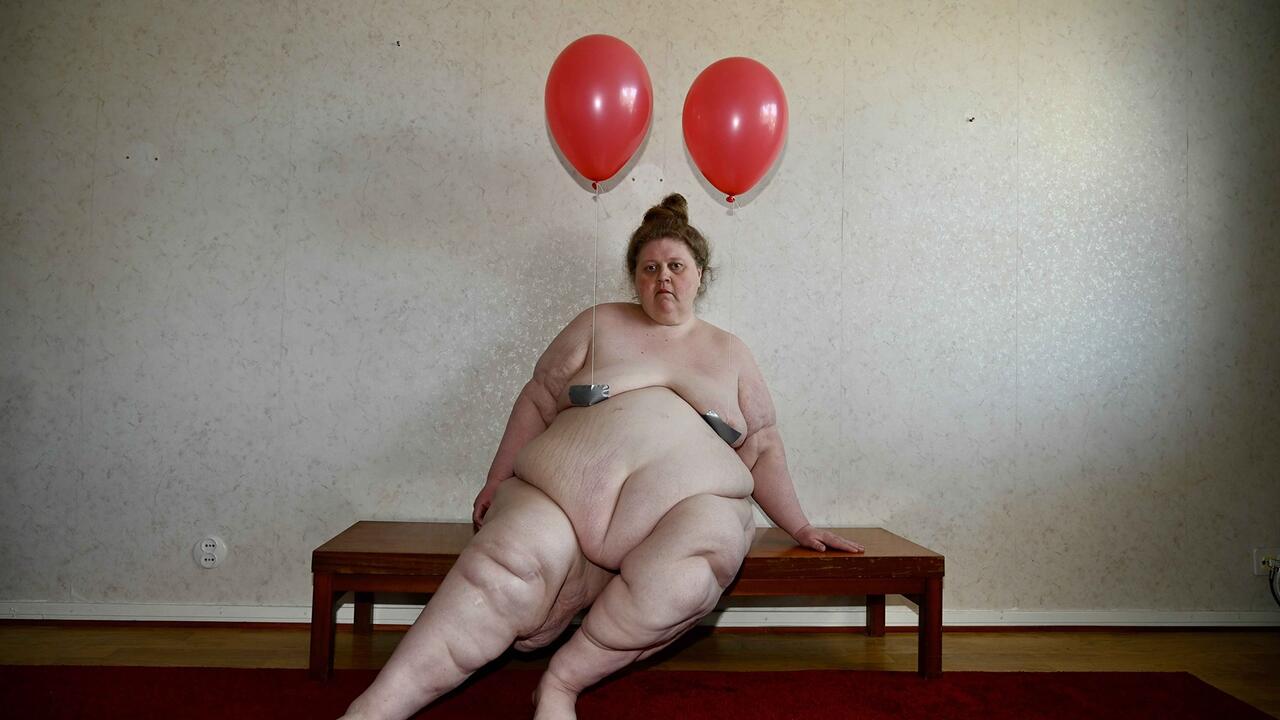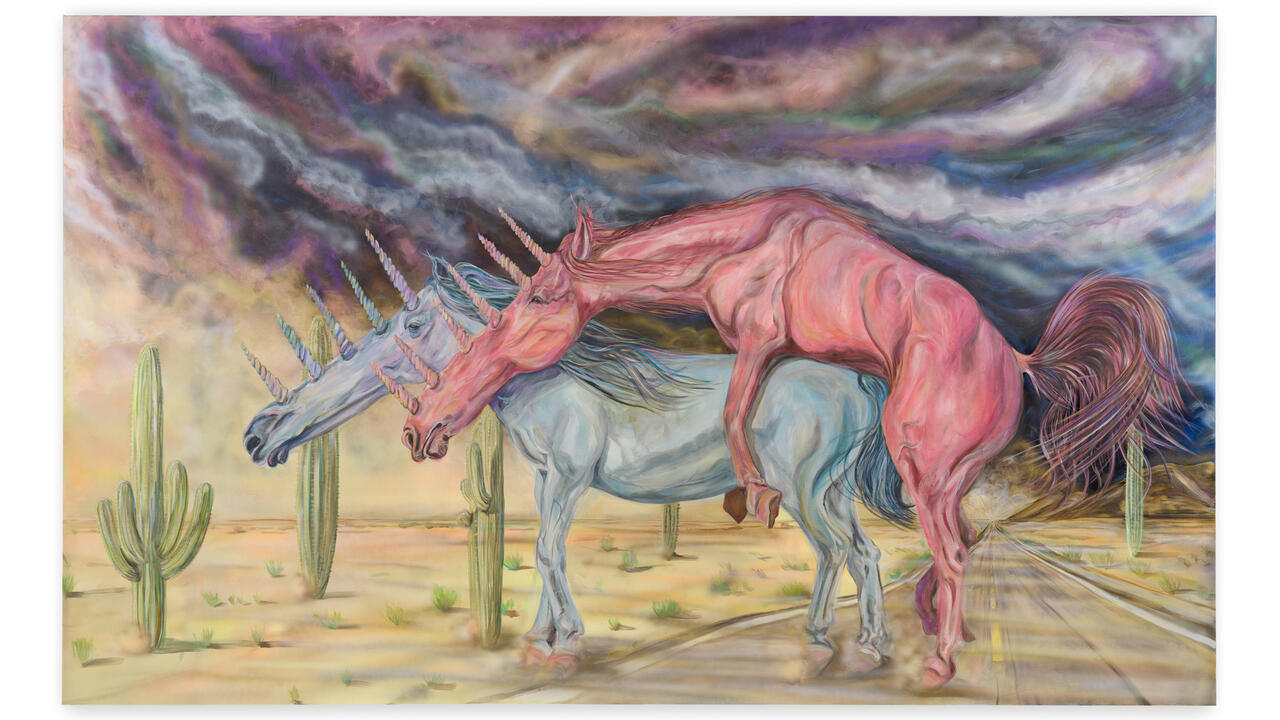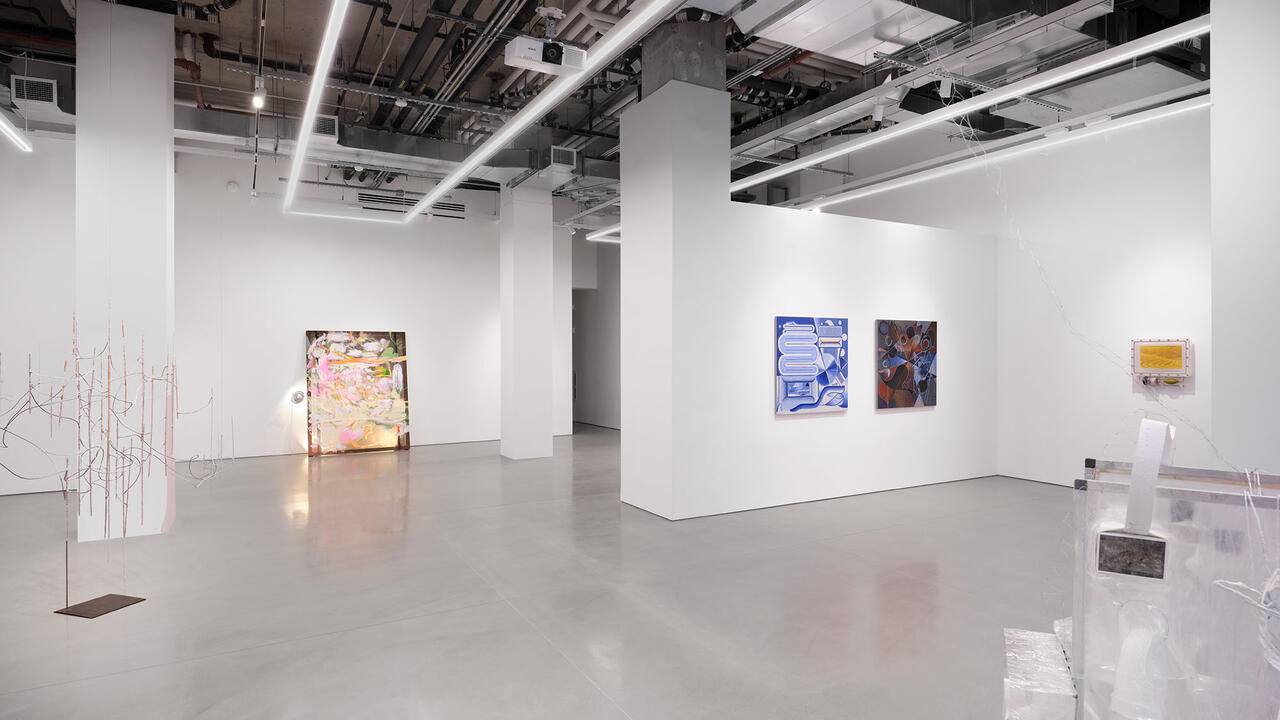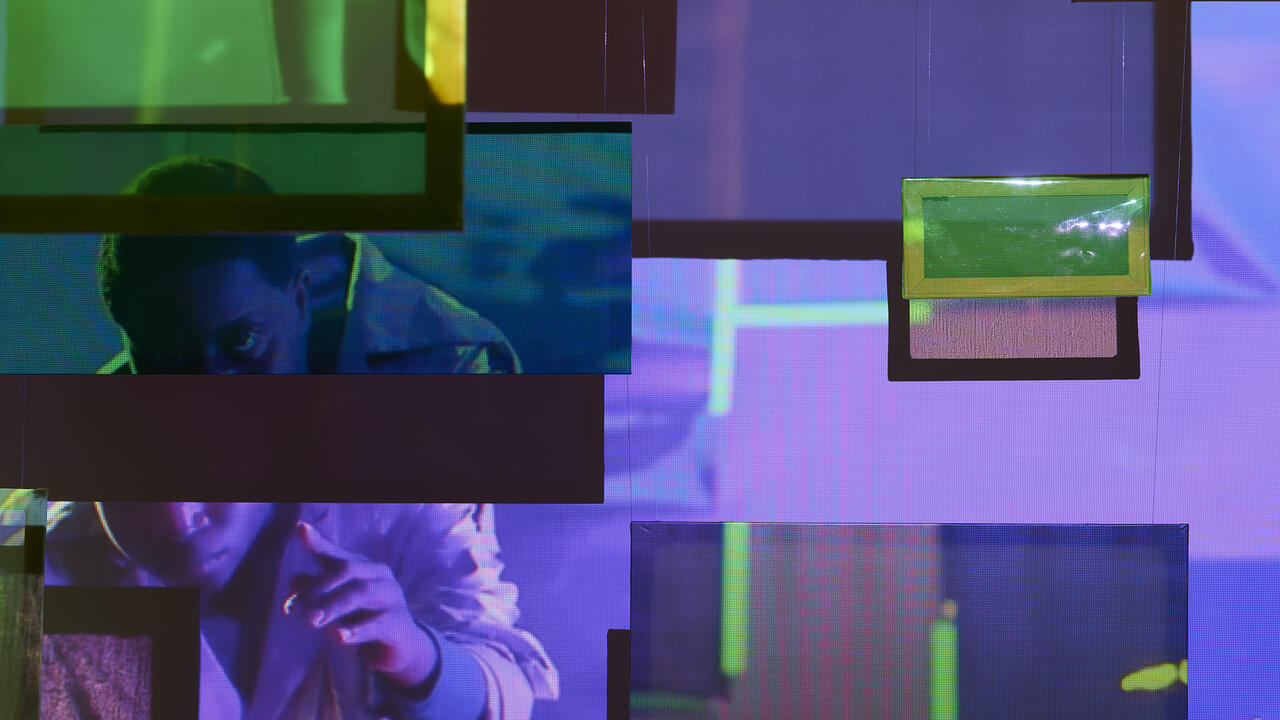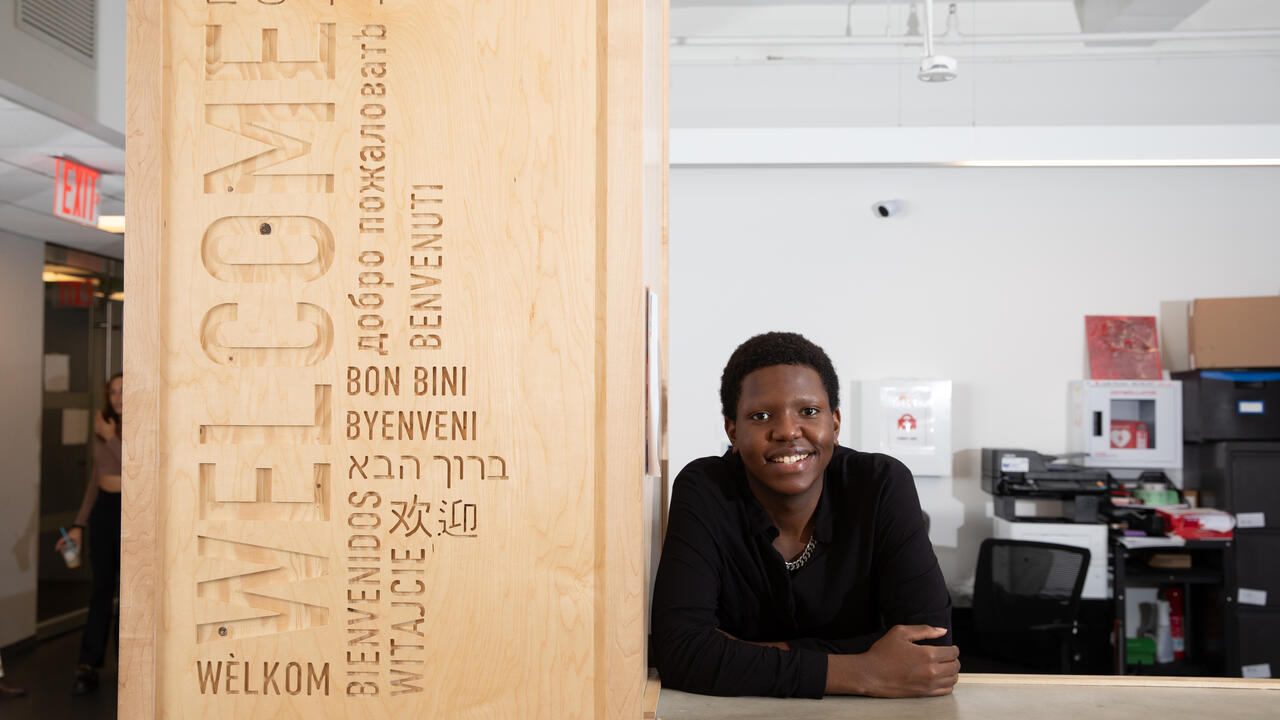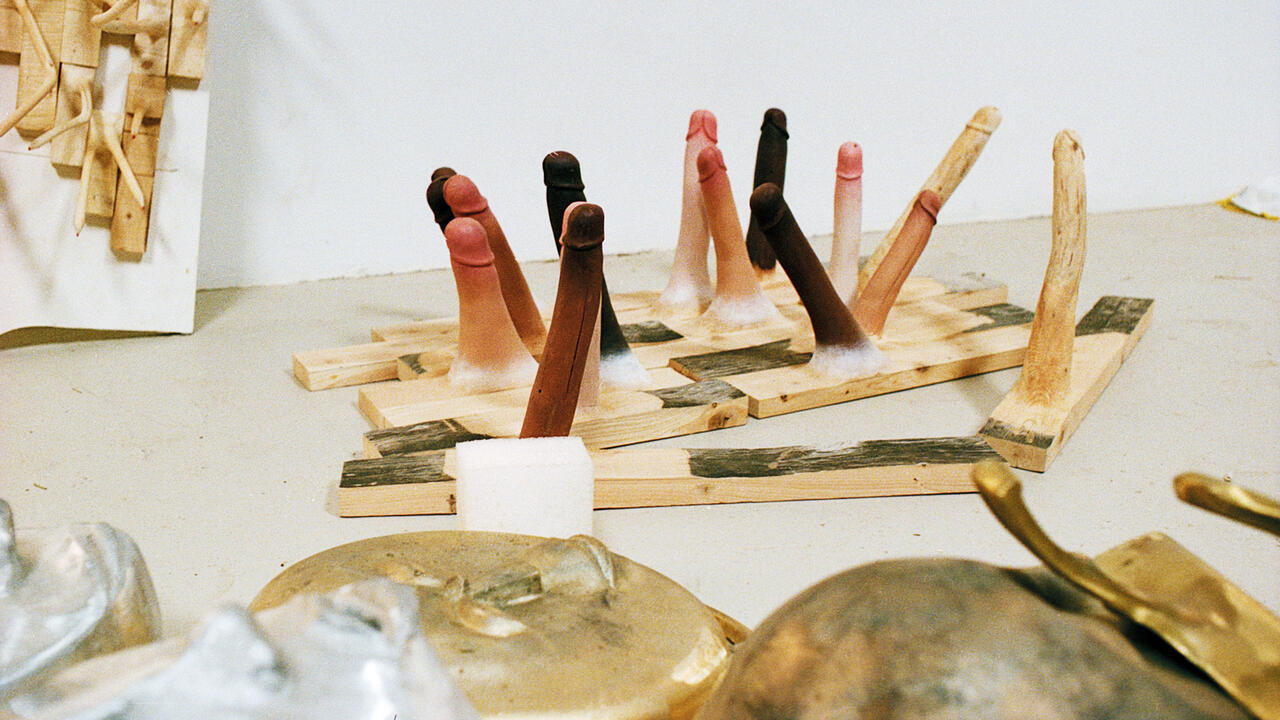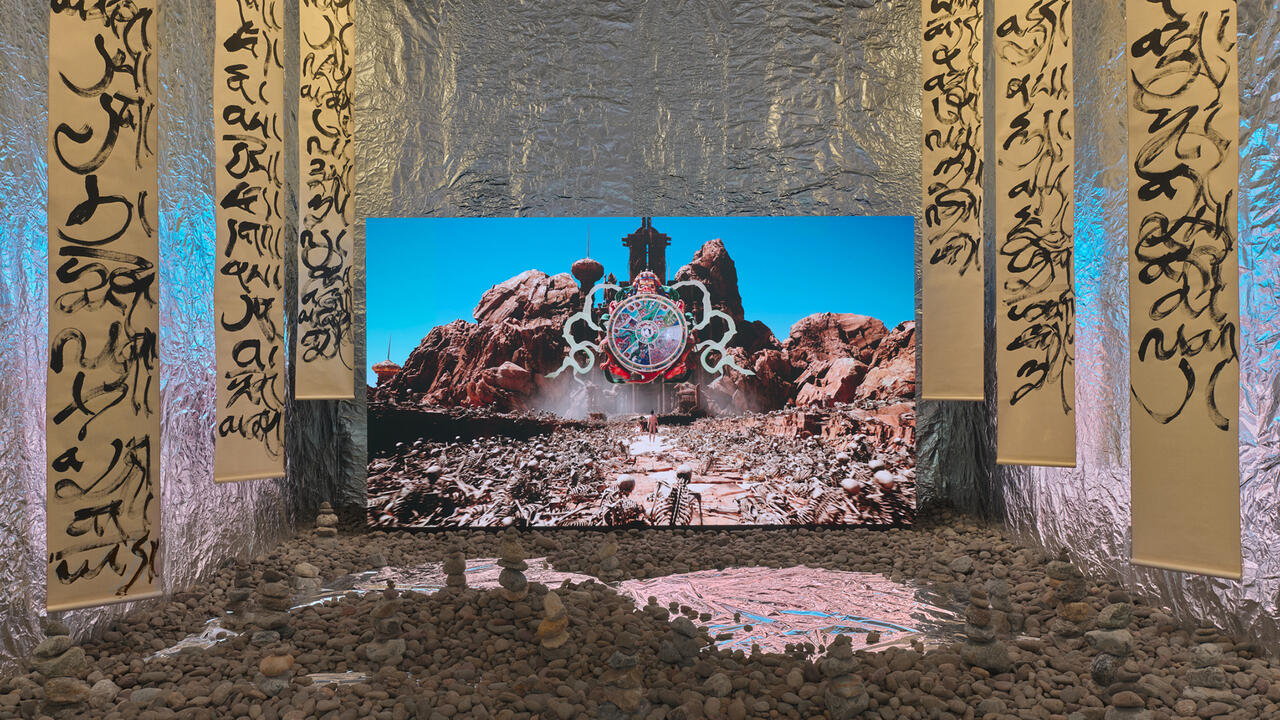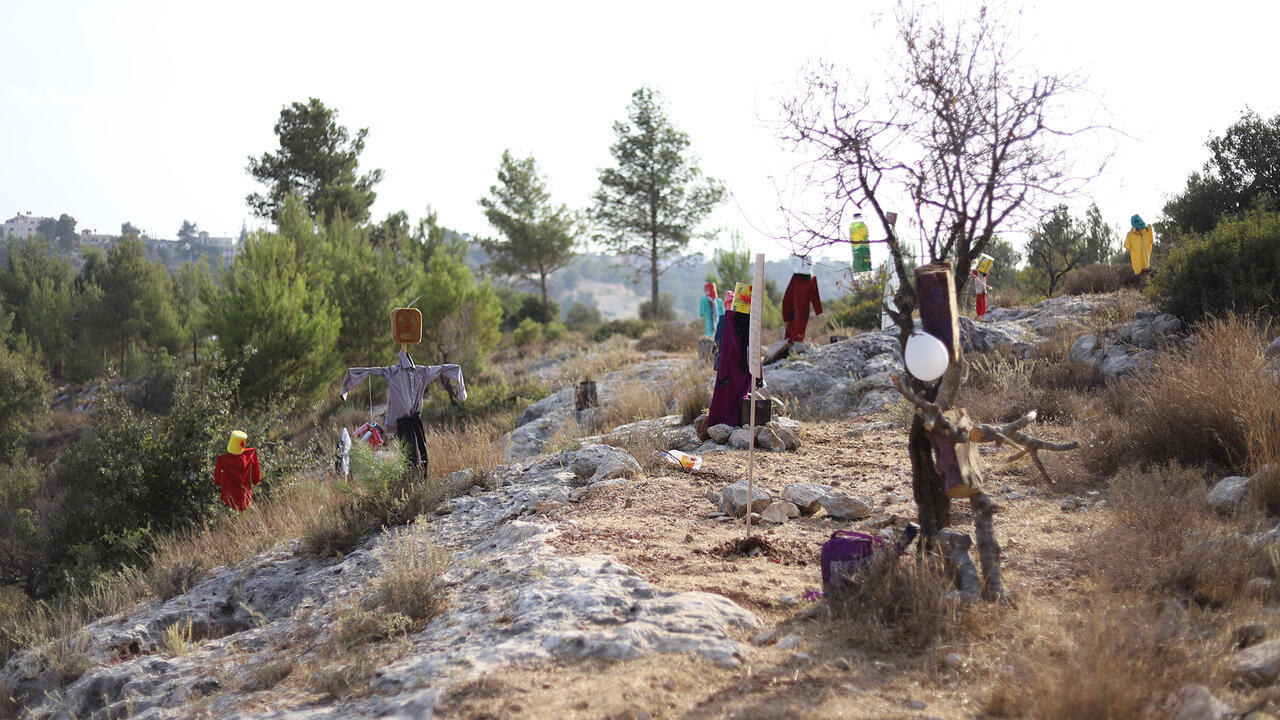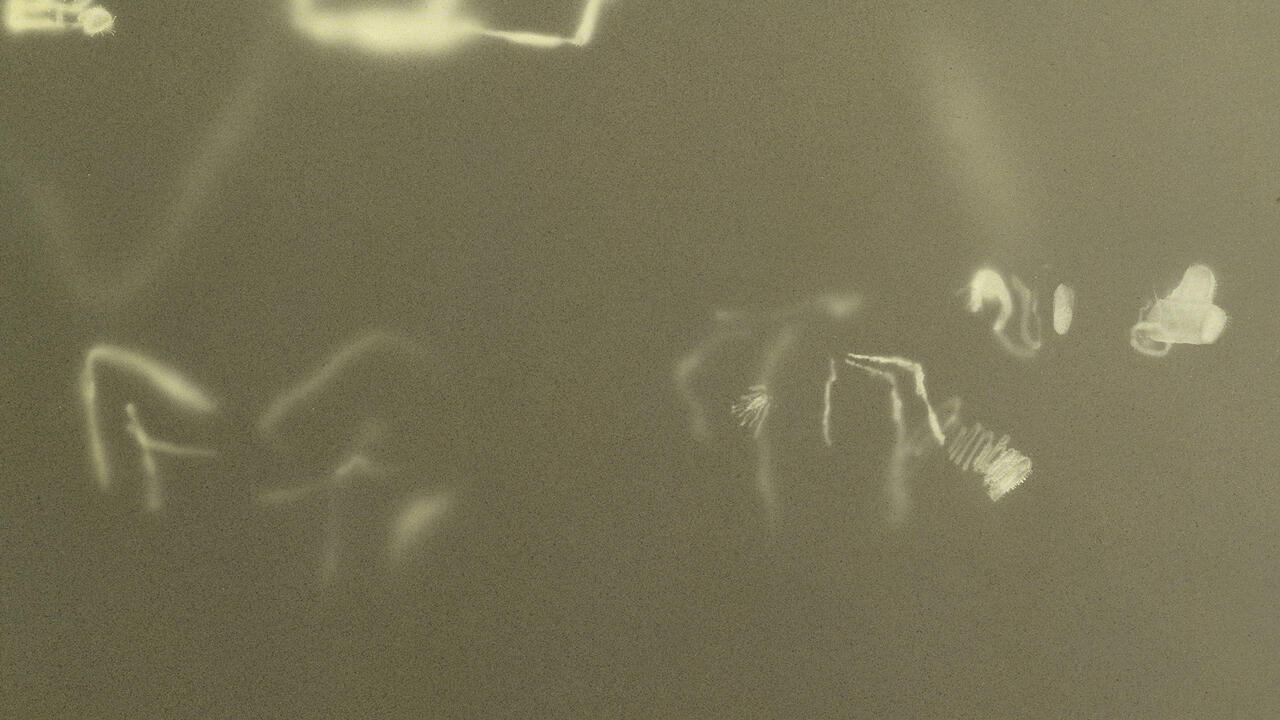Ruth Asawa's Shadow Play
How the late artist's transparent sculpture rethinks the relationship between figure and ground
How the late artist's transparent sculpture rethinks the relationship between figure and ground

Transparency excited Ruth Asawa. ‘You can see right through most of my sculpture,’ she claimed, ‘so that no matter what you see, you can always also see through it.’ The majority of Asawa’s three-dimensional hanging wire works, for which she is now best known, are, indeed, transparent, their woven wire loops loosely catching one another to produce a relatively open, and somewhat uneven, mesh.
Initially, these works gave structural form to many of the images in Asawa’s drawings, which themselves were exercises in the fluctuating relationships between figure and ground: one shape often overlaps, without entirely obscuring the others, through a simple economy of means. Ultimately, the wire works’ transparency was fully manifested in the most magical and beautiful ways when Asawa grouped two or more pieces together and illuminated them, so that their overlapping organic forms cast delicate, also overlapping, two-dimensional shadows onto the surroundings walls. Later, she built a doubling, tripling and, even, quadrupling shadow effect into these works by using a single continuous piece of wire to generate nested shapes, in which the outer surface of one form became the inner surface of the next, with each shape arising, she noted, ‘from the capacity of the technique and the way in which they grow’. Her goal throughout was always to encourage the viewer to truly see – as if for the first time.

Asawa’s artworks, regardless of medium, have been viewed through a number of lenses and as representative of a variety of categories, such as drawing, sculpture, textiles, weaving, craft or interior decoration. Asawa herself used different verbs to describe the process of making her wire works – including drawing, weaving, crocheting and knitting – each of which, conventionally, has been associated with a discrete medium and technique. The chameleon-like potential of Asawa’s pieces to be interpreted in so many ways has not always been beneficial to her career. Classifying her work as craft or interior decoration, for example, enabled some critics to dismiss it as an assembly of ‘baskets and fish traps’, as Otis Gage wrote in Art & Architecture in 1955. But John Yau has more recently suggested that the fact that Asawa’s work was made by hand with simple tools – rather than welded or industrially produced, for example – at a time when craft was in-creasingly viewed as obsolete, posed a direct challenge to contemporary categories of art, conventions of taste and the assumed gender identity of the artist in the 1950s and ’60s, even if this challenge was never directly acknowledged at the time.
In other respects, critics have tended to see right through Asawa’s art when comparing it to the work of more familiar, celebrated artists, such as Eva Hesse. Subtle formal differences and individual points of reference risk falling away in these instances, as Asawa is subsumed into the stories of others or added to conventional art-historical narratives. Her identity as a Japanese-American woman who was mother to six children, her incarceration along-side other Japanese-Americans in a US internment camp during World War II, her postwar experience as a student at Black Mountain College as well as her dedication to public art and education programmes have also inflected the writing about her work to varying degrees. Whilst these facts have rarely provided the primary lens through which Asawa’s work has been appraised, they have sometimes served as a partial qualifier that risks reifying her experience in terms of broader social, gender or racial characterizations.
Most artworks and artists are subject to these interpretive approaches – one more assimilative, the other more essentialist – especially if the artist is a woman and/or identified with other sexual or racial minorities. Articulating relationships between personal experience or artistic intention and broader categories of art, identity or historical events requires a delicate balance – especially if an artist operates within a variety of insti-tutions and for diverse audiences throughout her lifetime. Asawa’s interest in transparency seems key here, both in terms of presenting a particular visual experience and as a historically inflected conceptual approach to art. Instead of seeing through Asawa’s work to something else, which is assumed to be already known and outside it, how might her art’s transparency actively incorporate and transform its immediate – and, potentially, historical – surroundings to encourage viewers to perceive them differently?
Asawa felt that her explorations of form, especially through wire, seemed ‘to express the time in which I live […] with a material and method indicative of a technology which has so recently made this possible’. She also believed that her chosen technology made the concepts she worked with – ‘interpenetration, transparency, the illusion of more with less, the ratio of minute weight to apparent volume, durable fragility and the implication of movement where none exists’ – more widely relevant to her moment.

Asawa learned how to make her transparent wire forms from local craftspeople while she was in Toluca, Mexico, during the summer of 1947. She began by copying their wire baskets – exhibiting several at Black Mountain College in Spring 1948 – before developing her larger, more complex hanging wire sculptures. So, while the wire technique may have been new to Asawa, in reality its origins were traditional. On the other hand, the descriptive language she developed for her practice – in particular, her list of working concepts – was explicitly modernist, reflecting her training at Black Mountain College and, especially, her studies with Josef Albers and Buckminster Fuller. Yet, she engaged with each concept, including transparency, in ways that were totally her own.
Transparency is considered to be one of modernism’s most salient qualities, particularly in architecture. But, in their 1963 ‘transparency: Literal and Phenomenal’, the architectural historian Colin Rowe and the painter and architectural theorist Robert Slutzky felt that its descriptive utility had become compromised by an abundance of diluting synonyms and a failure to distinguish between what they termed literal and phenomenal transparency. Literal transparency refers to an inherent quality of certain materials, such as glass, and the concomitant experience of seeing through them without impediment. Phenomenal transparency, which Rowe and Slutzky initially describe in terms of developments in modern painting, refers to an intrinsically ambiguous experience of spatial organization. whereas literal transparency ‘tends to be associated with the trompe l’oeil effect of a translucent object in a deep, naturalist space […] phenomenal transparency seems to be found when a painter seeks the articulated presentation of frontally displayed objects in a shallow, abstracted space’. One proffers a single, unambiguous image of space, while the other produces a continuous, unresolvable oscillation among various possible images of space within a single painting.
In the case of architecture, this tension is produced by disparities between the physical realities of a three-dimensional built space and the various spatial ‘images’ it presents to viewers as they move toward and through it. Rowe and Slutzky describe this as an experience of ‘a continuous dialectic between fact and implication’. Such experiences are subtle, even as they dislocate and de-familiarize the spatial experiences of viewers who are paying close attention. Paradoxically, this is a transparency that manifests by calling attention to itself. It requires constant attention: a looking through that is, in fact, also a thinking through of what is actually seen.

Asawa’s wire works are literally transparent in the manner that Rowe and Slutzky describe; you can see right through them. But, as you truly begin to see them, you realize that they are also phenomenally transparent because, as in almost all of her work, Asawa engages with an irresolvable dynamic between figure and ground. First, regardless of the fact that they are physically three-dimensional, her wire pieces are all frontal. Little more can be learned by observing them from diverse viewpoints: they do not articulate their three-dimensionality as translucent objects in a deep, naturalist space. Rather, the space they articulate is quite shallow and stratified by distinct, yet overlapping layers, which do not easily resolve into a single image or a sense of what is figure and what is background within the work itself. The shadows, when present, further complicate such distinctions by adding another spatial layer and another image. It can be difficult to discern which is the material work and which is its cast image, especially in photographic reproductions that only heighten these ambiguities by juxtaposing them on a flat picture plane. Finally, despite the large scale of many of these works and their biomorphic shapes, they suggest weightlessness and a freedom from gravitational pull; they resemble life forms or bodies in space, but do not materially act like them. All of these paradoxes and ambiguities imply a conceptual transparency that defies reductive categorization, as does Asawa’s personal refusal to succumb to embedded notions of what an artist does or does not do. Her embrace of transparency’s ambiguities, no matter how subtle they might be, allows for no easy identification or quick categorization. It just requires close attention.
Ruth Asawa (1926–2013) was born in Norwalk, California, USA. This autumn, the Pulitzer Foundation in St Louis, USA, will present the first museum survey of the artist’s work since 2006, and a monograph of her work will be published by David Zwirner Books. In 2017, her work was the subject of a solo show at David Zwirner, New York, USA, and was included in ‘Making Space: Women Artists and Postwar Abstraction’ at the Museum of Modern Art, New York.
This article appears in the print edition of frieze, May 2018, issue 195, with the title Shadow Play.
Main image: Ruth Asawa, 2018, exhibition view at David Zwirner, New York. Courtesy: the Estate of Ruth Asawa and David Zwirner, New York/London









